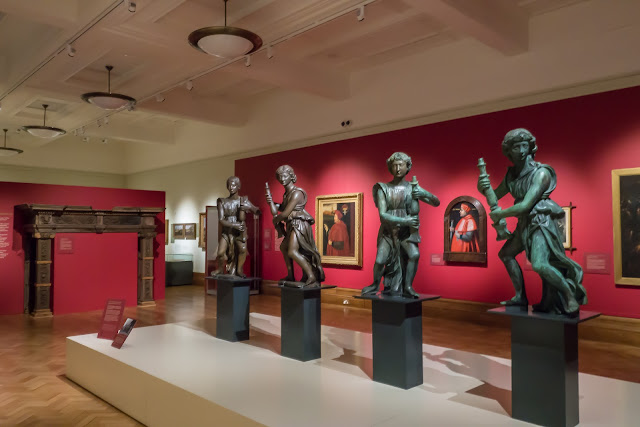The first snow of winter

The day started with falling snow blanketing the surrounding countryside. As the morning progressed the snowfall subsided and we decided to brave the `elements` and equipped with camera, we set off to explore. We soon found that, although it looked very pretty, it was not going to stay long. It was very `slushy` underfoot in places. Looking up the hill neat Overbury Hall did look rather winter like, as this image shows. A close up of snow on the edge of a roof. Patterns formed by the snow and the structure of the barn. The scene by Layham Mill, including the little snow covered island used by our resident swans. A couple of images of the playing field. And finally, Rosey, having ducked under the fallen branch, makes her way down the centre of the road. Wouldn't do that normally! Index of posts

